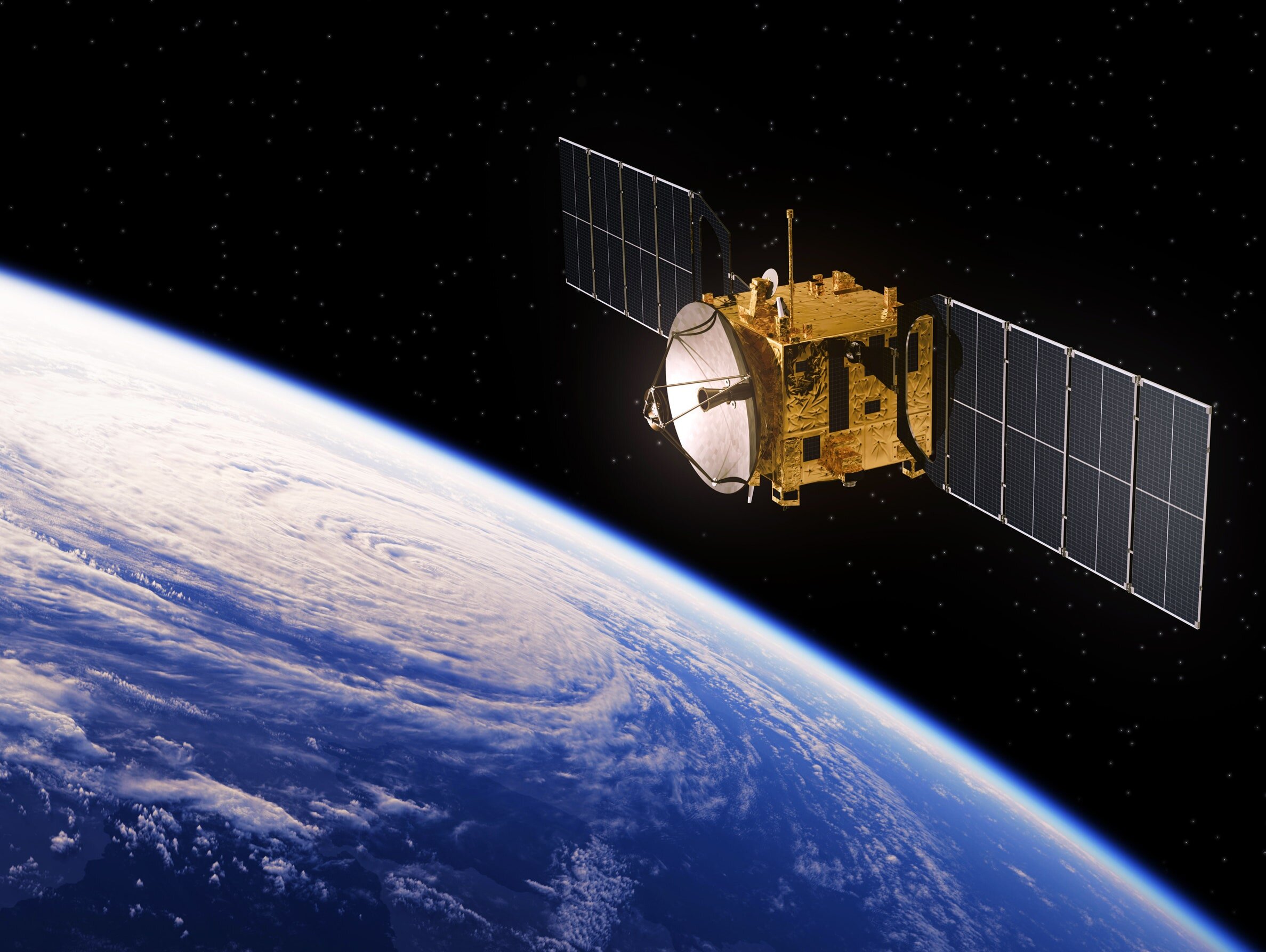
We support the development of space systems.
Exploration & Monitoring
We build systems to explore Earth and the solar system. Our projects focus on detection of life and its critical elements from tracking phytoplankton movements in the ocean to analyzing the atmosphere of Venus.
Next Generation Software
We develop a range of software to control science instruments including spacecraft rovers and payloads; systems for satellite operations centers and ground stations; and data processing systems for analysis and archiving.
Collaborative Development
We partner with leaders in the aerospace industry to launch Earth science and space missions critical to further our understanding of the world around us. We work with NASA and international agencies to bring these missions to life.
LATEST PROJECT
Dragonfly Space Mission
The Dragonfly space mission will send a mobile robotic rotorcraft to Titan, the largest moon of Saturn. The vehicle will perform vertical-takeoffs and landings to sample materials and determine surface composition in different geologic settings. This revolutionary mission includes the capability to explore diverse locations to characterize the habitability of Titan’s environment, to investigate how far prebiotic chemistry has progressed, and even to search for chemical signatures that could indicate water-based and/or hydrocarbon-based life.
LAUNCHING 2028
ExoMars Rover
The ExoMars program will deliver a European rover, Rosalind Franklin, and a Russian surface platform, Kazachok, to the surface of Mars. A Proton rocket will be used to launch the mission, which will arrive at Mars after a nine-month journey. The ExoMars rover will travel across the Martian surface to search for signs of life. It will collect samples with a drill and analyze them with next-generation instruments.
LAUNCHED 2024
The PACE Satellite
The PACE satellite is a NASA Earth-observing mission that will continue and advance observations of global ocean color, biogeochemistry, and ecology, as well as carbon cycle, aerosols and clouds. PACE data will be used to identify the extent and duration of algal blooms known as phytoplankton and improve understanding of air quality.






